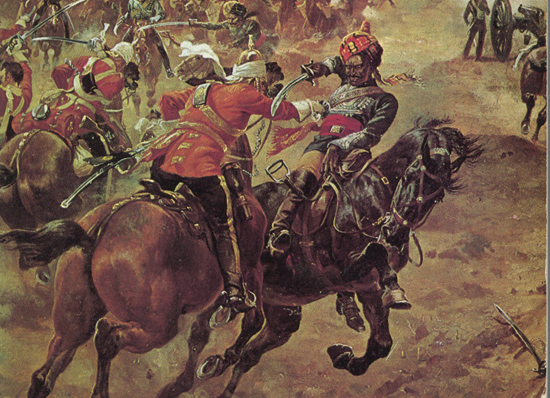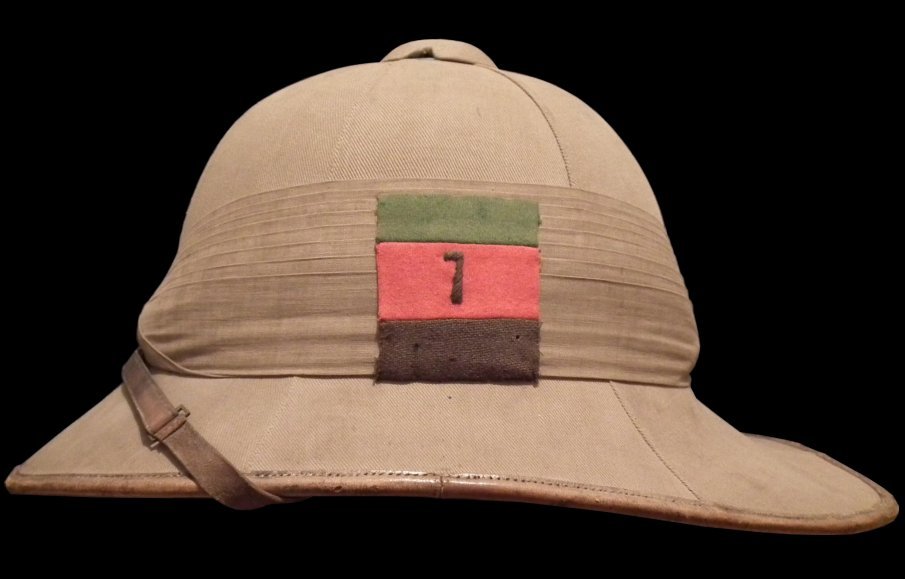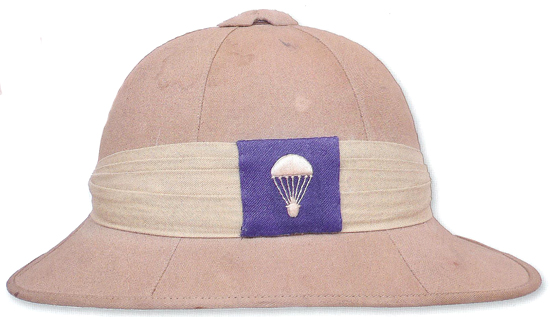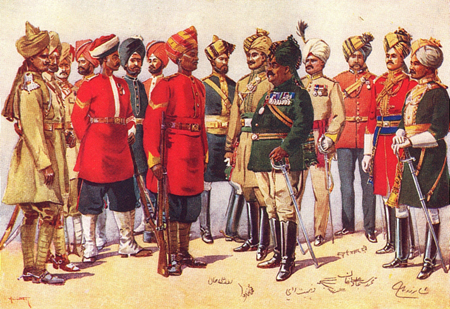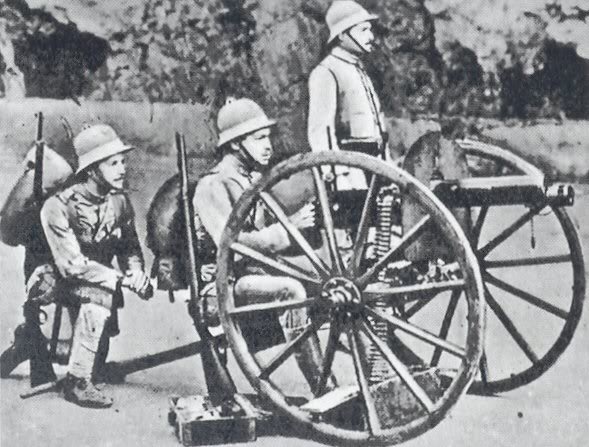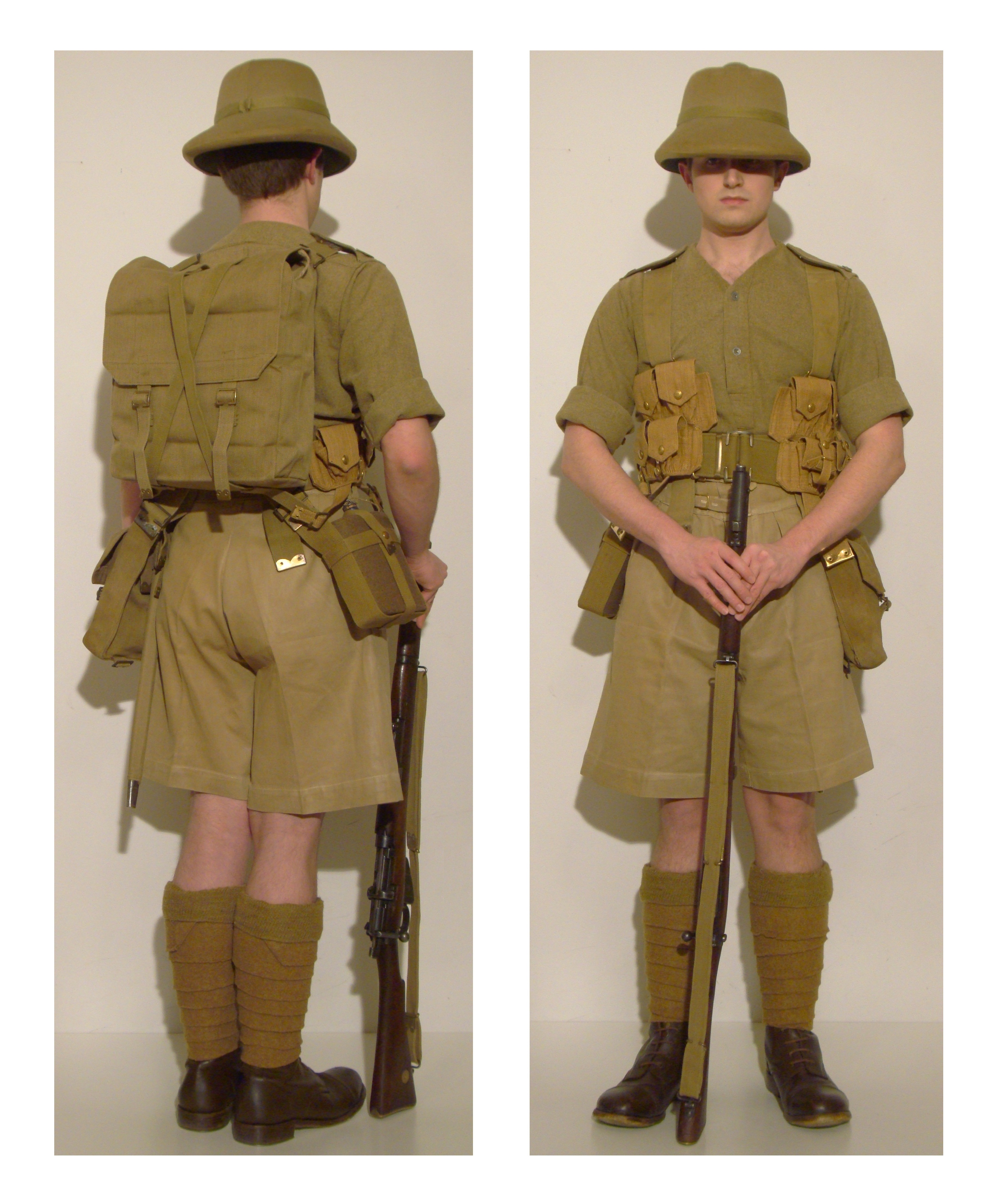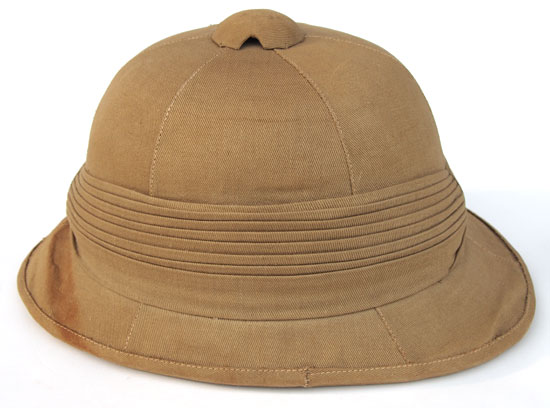 The story of the Wolseley helmet is well documented, but occasionally even we come across something a little different. In this case it is a helmet that has the basic shape of a Wolseley and at first glance could possibly be dismissed as a “child’s helmet.”
The story of the Wolseley helmet is well documented, but occasionally even we come across something a little different. In this case it is a helmet that has the basic shape of a Wolseley and at first glance could possibly be dismissed as a “child’s helmet.”
The story gets interesting however. This helmet, which is a bit of a cross between a Wolseley and a polo style helmet, was apparently made in India. Moreover, while we have noted that the English helmet makers principally worked in cork with the Wolseley – with straw and felt also serving when there were shortages of cork – this Wolseley style helmet is made of sola pith!

